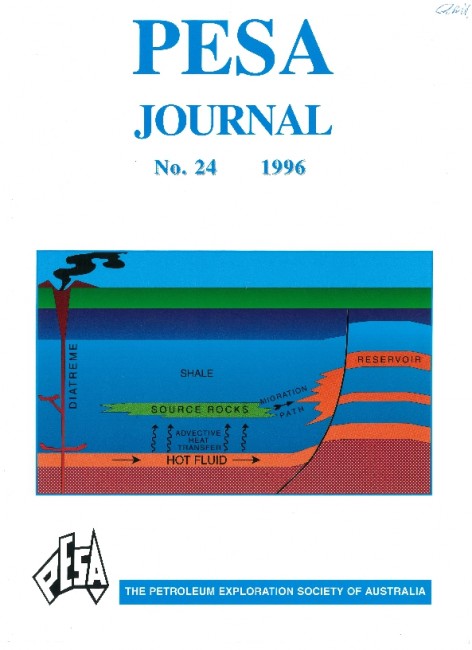Publication Name: PESA Journal No. 24
Authors: Mohammad R. Rezaee and N. M. Lemon
Publication Volume: 24
Date Published: December 1996
Number of Pages: 24
Reference Type: Journal Article
Abstract:
Petrographic observations of 130 Tirrawarra Sandstonesamples in the Moorari and Fly Lake Fields of the Cooper
Basin, reveal that they can be partitioned into eight classes
based on porosity type and texture. Pore spaces grade from
dominantly macroporosity to dominantly microporosity
from Class 1 to Class 8 samples. Pore area, size of pore
throats and pore diameter, determined by image analysis and
mercury injection capillary pressure data, are different for
each class. Pore geometry is largely controlled by rock
parameters such as composition, cementation and
compaction. These parameters are, in tum, controlled by
depositional environment and each class is limited to certain
depositional environments. Class one samples, associated
with meander, aeolian or beach-barrier environments, have
primary macroporosity with partial quartz cement. Pore
throats usually exceed 10 microns, mean pore space area is
about 36000 micron2 and mean pore diameter and mean
pore perimeter are 170 and 350 microns respectively. At the
other end of the scale, Class 8, associated with a braid-delta
environment, is dominated by microporosity and has a mean
pore space area of about 430 micron2 with mean pore
diameter and mean pore perimeter 24 and 75 microns
respectively. The pore throat distribution shows poor
sorting, ranging from 0.1 to 0.5 microns.


